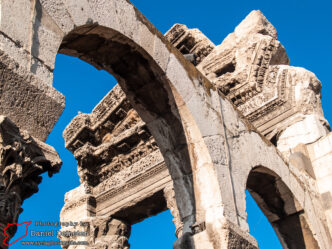
Damascus – Roman Ruins دمشق – الآثار الرومانية
Damascus (دمشق) was conquered by the Romans in 64 BCE, which marked the beginning of their long rule over the city. Although …

Damascus (دمشق) was conquered by the Romans in 64 BCE, which marked the beginning of their long rule over the city. Although …
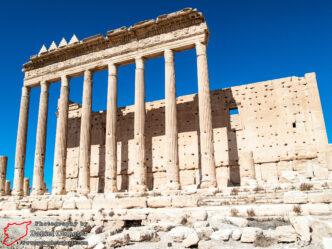
One of the most impressive monuments in Syria is the magnificent Temple of Bel (معبد بل). Located in the southeastern quarter of …

The Temple of Baal-Shamin (معبد بعلشمين) is one of the most well-preserved temples in the ancient city of Palmyra (تدمر). In Semitic …
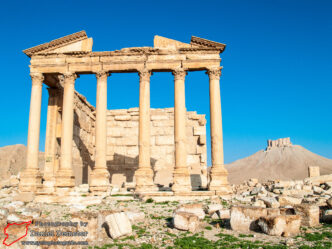
Located in the northwestern periphery of the ancient city of Palmyra (تدمر), at the end of the main colonnaded street, is a …
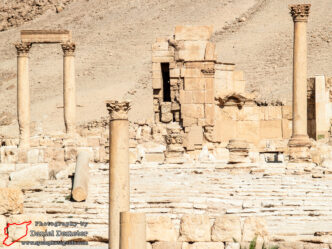
The area known as the Camp of Diocletian (معسكر ديوقلسيان) was a late Roman expansion to the ancient city Palmyra (تدمر), located …
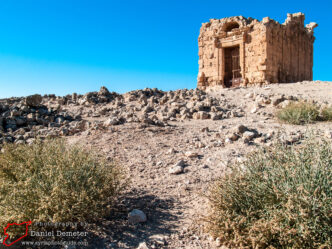
The small desert village of Ithriya (اثريا) was once the site of the ancient Roman settlement of Seriana. Remains of its beautiful third …
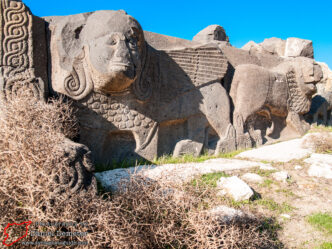
The fascinating temple of Ain Dara (عين دارة), located northwest of Aleppo (حلب) near the Kurdish town of Afrin (عفرين), is an …
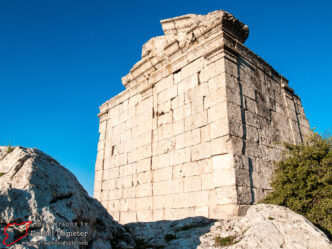
Baqirha (باقرحا), situated on the northern edge of Jebel Barisha (جبل باريشا) and overlooking the Plain of Amuq (to the east of Antioch), …
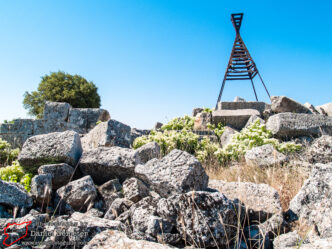
At the peak of Jebel Sarir (جبل سرير) can be found the remains of a Roman temple dedicated to Zeus, built during the …
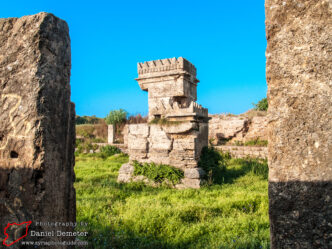
Amrit (عمريت) was a Phoenician religious center, and in terms of the visible remains it is arguably the most impressive Phoenician site in …